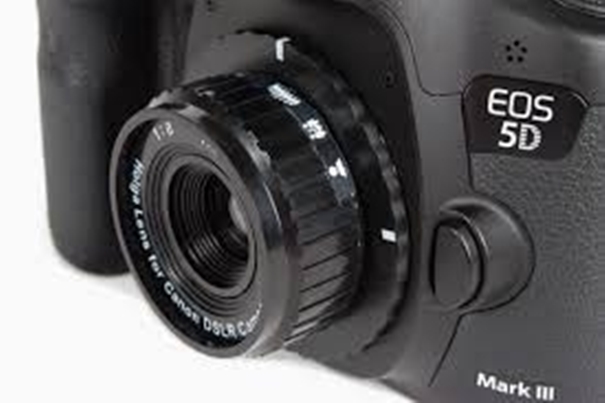come with the camera.
Kit Lenses: Kit lenses are offered as camera add-ons and are considered as beginner level yet quality zoom lens. They can be used for everyday shooting or casual photography.
Prime Lenses: Prime lenses are recognized for having only one focal length. Photographers who prefer having plenty of focal lengths at a time prefer zoom lenses but prime lenses are still worth using especially at the top end as they have superior image quality and speed. Telephoto Zoom Lenses: These are the most popular DSLR lenses presently and are available in a vast array of configurations like narrow or long ranges and levels depending on their quality. Zoom lenses are used for photography of distant objects so that you don’t need to get closer when you take a photo. However, you need to be cautious if you purchase a zoom lens with a long focal length that is 300mm or longer as they can cause camera shake. That’s why new lenses come with Image Stabilization (IS) to diminish camera shake.
Macro Lenses: Unlike Zoom lens, these lenses are meant for shooting objects up close. Using macro lenses is certainly better than using the ‘macro’ setting present in some cameras. Top quality macro lenses render images that are life size and that allow you get close to the subject you’re shooting. Wide Angle Lenses: Wide Lenses are typically used for landscape photography. Their extreme versions are called ‘fisheye lenses’ which on purpose bulges your image in order to get more visibility into the shot. Only professional and highly experienced photographers are capable of using them impeccably.
More: http://www.amazines.com






